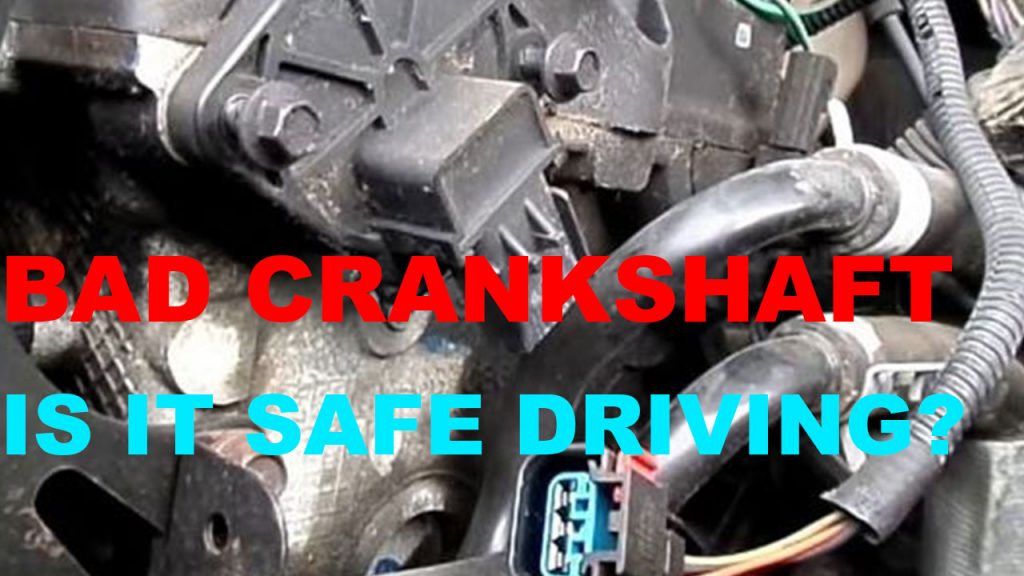
However, I do have to acknowledge that good image quality isn’t necessarily the point of the device and if there are quirks, they may even be a desire for it. Yes, compared to modern cameras on smartphones or even beginner DSLRs, I declare these photos to be very poor quality. Talking about the image files that the Instax Mini Evo produces involves coming out and saying what everyone is probably thinking. If you did print a landscape-orientation photo, it does look a little funny with the uneven borders on the sides. Shooting this way produces a printed image that is 2.5 inches tall and about 1.75 inches wide with thin borders on the sides, a medium border on top, and a large border on the bottom. The camera’s vertical orientation correlates with the 2×3-inch prints that come out the side (top?) of the camera. None of it feels particularly intuitive.Īdding to the awkward adjustment period is how the base design mostly looks like it’s a standard landscape-orientation camera - there’s even a cold-shoe mount at the “top” - when in fact the labeled buttons and LCD interface is all in portrait orientation (placing the cold shoe on the right side when held “correctly”). The protruding 28mm f/2 lens can be turned not for adjusting focus or aperture, but to change the digital lens type. The large dial on top is not for shutter speed, it’s for changing the digital filter.
EVOM BAD CAM SENSOR HOW TO
For example, the thing that looks like a film advance lever is actually how to print a photo. What can be confusing about the design is that it feels like Fujifilm made it look like a retro camera first, then assigned the functions later. Six of these controls are labeled, but I did find myself wishing even more or all of them were as such. The hybrid camera has a total of 15 buttons and dials to use (including each direction of the D-pad) which ups the ante on figuring out how to operate the camera.

It’s obviously not going to stand up to rough use and won’t withstand a bunch of weight on it or a foray into a rainstorm, and I think when you hold it in your hands that much will be obvious. On the backside, the three-inch LCD display helps to give away its true age.Ĭommon sense will prevail as far as durability. The silver and black version I am reviewing has a nice retro look to it, especially from the front and top. The exterior of the Instax Mini Evo is a mix of plastic as well as leather-esque coverings on the handling areas. The lens only protrudes from the camera body about a quarter of an inch which further benefits the portability and is slim enough to easily slide into a regular-sized bag or purse. Measuring in at 4.8 by 3.4 by 1.4 inches (122.9 x 87 x 36 millimeters) and weighing 10 ounces (285 grams), the form factor enables the Instax Mini Evo to be quite easily carried anywhere. The Fujifilm Instax Mini Evo takes a different approach. What makes instant film fun to use decades after its peak in popularity? I’d wager it’s the same things that made it fun back in the day: not overthinking things and staying in the moment while also creating unique-looking prints that convey those fleeting moments so perfectly.


 0 kommentar(er)
0 kommentar(er)
